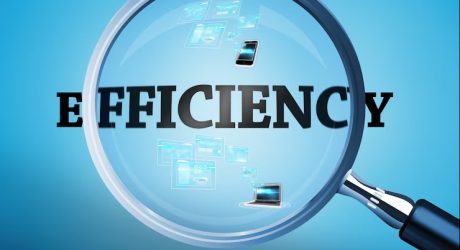Cost-effectively accomplishing business goals largely depends on an organization’s level of resource utilization. With effective strategies in place, businesses can reduce wastage, drive productivity, and achieve their targets within set deadlines. This article elaborates on effective strategies to optimize resource utilization. Keep reading to gain helpful insights.
Understanding Resource Utilization And Its Importance
Resource utilization denotes how well an organization uses its available resources to maximize outputs. A high rate signals effective use of resources with minimal wastage hence improved productivity and profit margins.
Companies that do not utilize their resources optimally often face issues like project delays, cost overruns, and decreased profit margins. Thus, understanding and enhancing resource utilization is critical for organizations to remain competitive and achieve sustainable growth.
The concept of resource utilization extends beyond just physical resources like machinery or space. It also includes the efficient use of intangible resources like time or the skills of employees.
Besides, the importance of resource utilization applies across all industries—from manufacturing and construction to healthcare and information technology, every sector needs to achieve optimal levels of resource utilization to thrive and maintain profitability.
Implementing Automated Resource Management Systems
Automation has become increasingly important in efficient resource management. The adoption of automated resource management systems helps to streamline processes, identify resource mismanagement, and reduce manual errors.
These systems allow real-time tracking of resources and give a clear visualization of resource allocation. They also provide insights into bottlenecks that can be addressed to improve productivity.
Apart from tracking, automated systems are essential in ensuring resource allocation aligns with the organization’s needs. They enable managers to distribute resources where they’re most needed, thereby preventing resource underutilization or overuse.
Moreover, these systems come with predictive capabilities that allow for future resource planning, facilitating smooth operations without delays or interruptions.
Optimizing Resource Allocation For Higher Productivity
The balancing act between resource availability and resource need is vital for improved productivity. Strategic resource allocation helps to fulfill the tasks at hand without straining or underutilizing existing resources.
The allocation should align with business needs, forecasting, and demand management. This way, the resources are directed towards high-priority tasks, which ultimately leads to increased productivity.
Remember, effective resource allocation isn’t a one-time event, but a continuous process that requires regular review and adjustments. Organizations must regularly assess their resource allocation strategy to ensure that it continues to support their evolving business needs.
An operational strategy that includes inter-departmental communication and consideration of future needs during resource allocation can contribute to higher productivity.
Enhancing Employee Knowledge And Skills For Better Utilization

Ultimately, the optimal utilization of resources depends largely on the skills and understanding of the workforce. Regular training and development programs can equip employees with the necessary skills to utilize resources better.
Employees who understand the importance of resource utilization will be more diligent in their work, leading to reduced wastage and higher productivity. In addition, employees with the right skills can handle tasks more effectively, thereby preventing the misallocation of resources.
Enhancing knowledge and competency is not just about skill development, but improving the understanding of the industry, the latest technologies, and effective methodologies.
Thus, organizations must invest in their workforce by providing continuous learning opportunities to enhance their skills and maintain optimal resource utilization.
Altogether, improving resource utilization within an organization is a continuous process that involves the identification of mismanagement, enhanced automation, optimization of allocation, and employee skill development. Each strategy is crucial in enhancing productivity, reducing wastage, and achieving sustainable growth.
Read Also:




























